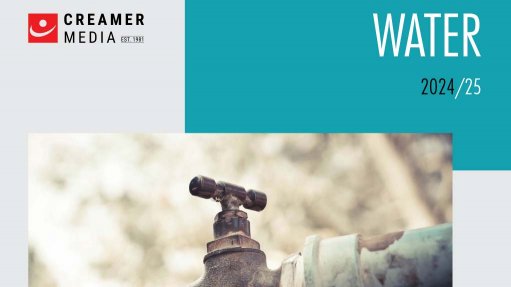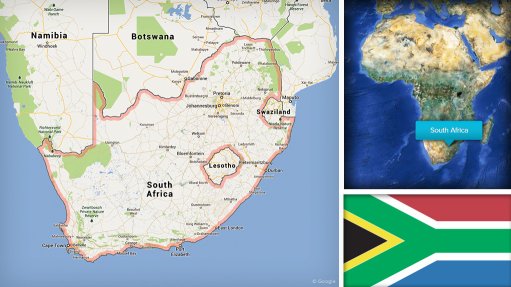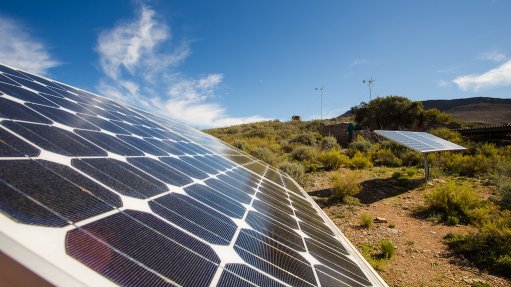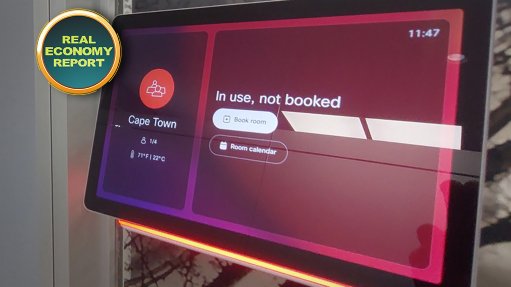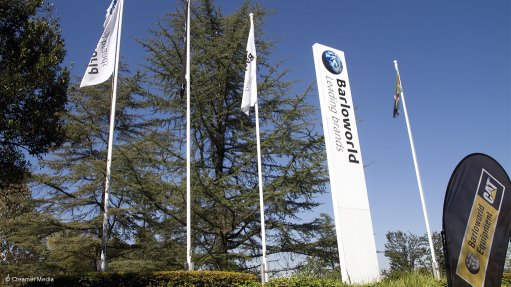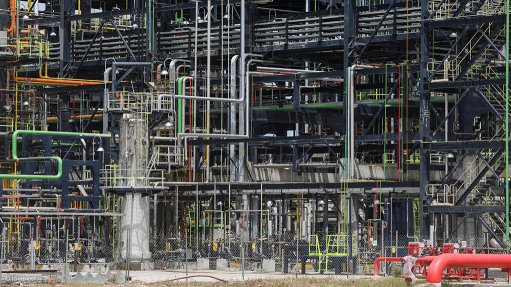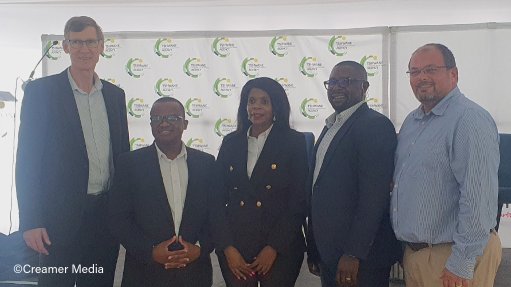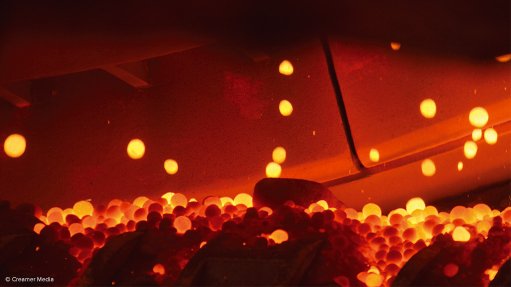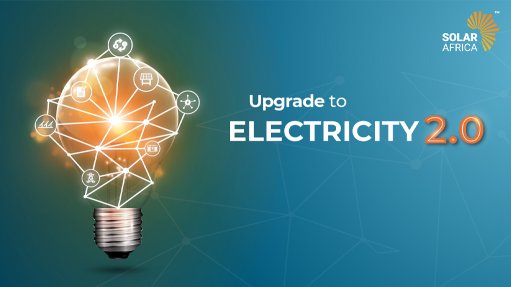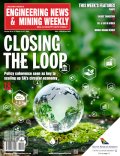Minerals Council South Africa highlights green hydrogen economy’s forward momentum

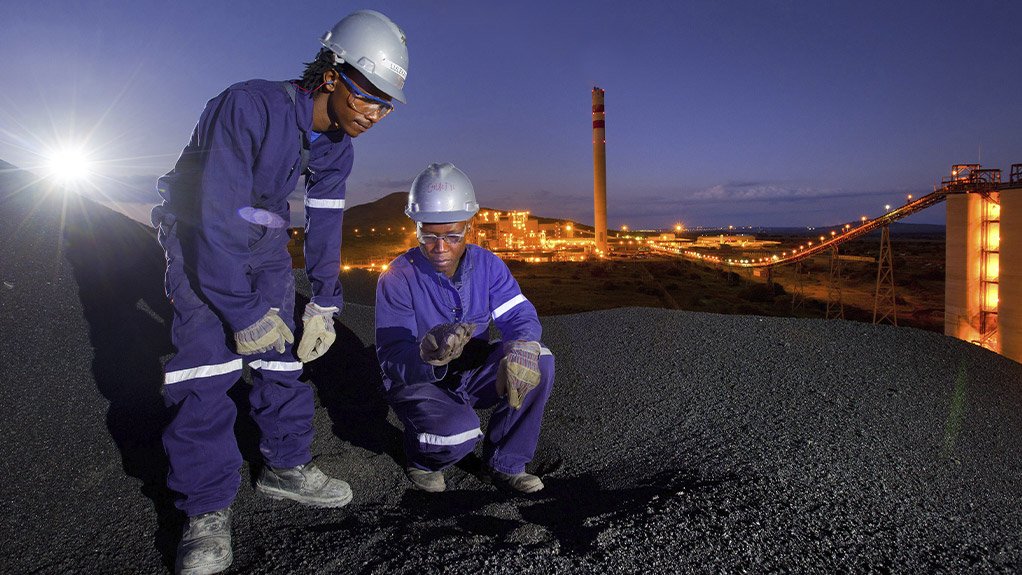
The platinum group metals Polokwane smelter of Anglo American Platinum in Limpopo.
The world over, green hydrogen is being recognised as the most effective route towards combating the climate crisis in the most holistic way possible, with Minerals Council South Africa late last month highlighting the far-reaching collaboration between South Africa’s leading platinum mining company, a local hydrogen producer and a car company that has 30 global production sites and sales networks in 140 countries.
Collaborating in the trialling of hydrogen fuel cell electric vehicles (FCEVs) are Anglo American Platinum, BMW Group South Africa and Sasol South Africa. Within FCEVs, platinum catalysts convert green hydrogen into the zero-emission electricity that powers vehicles.
“As countries around the world reduce their environmental footprint by reducing greenhouse-gas emissions and address climate change concerns, green hydrogen is a vital component in the shift towards green energy sources,” the Minerals Council stated in its release to Engineering News & Mining Weekly.
For South Africa, which is the largest supplier of platinum group metals (PGMs), the use of green hydrogen in the auto sector is an important development that could generate demand of up to five-million ounces of PGMs a year if hydrogen fuel cells are used in 10% of the global car market. This will underpin job security for the 175 000 people employed in the PGMs mining sector.
Coinciding with the Minerals Council media release were several other local newsbreaks and many global newsbreaks emphasising green hydrogen’s far-reaching momentum.
As reported by Engineering News & Mining Weekly last month, South Africa’s Eastern Cape, Northern Cape and Western Cape provinces have agreed to team up in a bid to position South Africa as a global hub for the production of green hydrogen and derivative products, as well as to produce the components required in the green hydrogen value chain, ahead of the finalisation of South Africa’s Green Hydrogen Commercialisation Strategy.
In addition, steel producer ArcelorMittal South Africa is moving ahead with a study into the production of green hydrogen directly reduced iron (gHDRI) at its mothballed Saldanha Steel Works, in the Western Cape. The JSE-listed group has signed a memorandum of understanding with an as-yet-unnamed “developer of transformational energy solutions” to advance the production of gHDRI at the plant.
During a demonstration in Gauteng on October 2, a second-generation Toyota Mirai FCEV was refuelled with green hydrogen produced by Sasol in Sasolburg. The hydrogen was transported by truck in an Air Products tube trailer, and the vehicle was refuelled on site using the US multinational’s mobile hydrogen dispensing technology.
Toyota South Africa Motors CEO Andrew Kirby then drove the vehicle, which contains a platinum-based fuel cell, around a test track set up at the Smart Mobility Africa Summit, taking place at the Gallagher Convention Centre, with Gauteng Premier Panyaza Lesufi in the passenger seat. Sasol CEO Fleetwood Grobler described it as “a beautiful application of hydrogen fuel-cell technology”.
On October 16, the National Executive Committee of South Africa’s ruling African National Congress welcomed the hosting in Cape Town of the Green Hydrogen Summit, which it described as demonstrating this country’s Hydrogen Roadmap and the commitment of government to expanding the energy mix to build enough reserve and capacity for the economy.
Also on October 16, Charbone Hydrogen announced the launching in Canada of the first phase of the Toronto-listed company’s green hydrogen production facility in Quebec.
This followed Fortescue Energy, the energy company within Australia’s Fortescue iron-ore mining group, announcing plans to build a 550 MW platinum-based electrolyser at its Gibson Island Project in Brisbane for the generation of green hydrogen.
On the same day, European company Lhyfe, a pioneer in the production of green and renewable hydrogen for transport and industrial applications, turned the first sod for the construction of a hydrogen production plant in the German city of Schwäbisch Gmünd. This plant will be the first to supply hydrogen directly to an industrial park. It is also the first in a network of many plants that will be operated by Lhyfe, which is setting out to deliver green hydrogen in bulk in Germany and France by 2025.
In addition, Fortescue and Plug of the US have started the initial diligence process for Fortescue to take up to a 40% equity stake in Plug’s green hydrogen plant in Texas and for Plug to take up to a 25% equity stake in Fortescue’s proposed green hydrogen plant in Phoenix.
Across North America and Europe, Plug has deployed more than 60 000 fuel cells and 180-plus fuelling stations and plans to build and operate a green hydrogen highway.
Moreover, the US administration is injecting $7-billion into seven regional clean hydrogen hubs to produce over three-million metric tons of clean hydrogen a year and trigger $40-billion in private investments.
Europe has directed that 42% of the hydrogen produced must be green. All this is triggering tens of thousands of job opportunities.
The World Platinum Investment Council, with its eye on the demand for platinum that the green hydrogen roll-out will generate, expects one-million FCEVs to be on China’s roads by 2035 and that one in eight newly registered commercial vehicles worldwide will be powered by hydrogen fuel cells by 2030. The broad-based commercial adoption of FCEVs could add more than three-million ounces to yearly platinum demand in ten years’ time.
South Africa’s production of PGMs in 2022 amounted to 269.5 t, 5.5% lower than the 285.3 t recorded in 2021.
Export volumes for the entire basket of the six metals that comprise PGMs fell by nearly 13% to 230.7 t in 2022 from 264.6 t the year before. Local sales volumes were 15.7 t in 2022, a 24% increase from 12.6 t in 2021.
PGMs are used to make autocatalysts and in a wide range of industrial applications.Platinum is used to make jewellery and it, along with its associated metals, provides an important investment option for investors. PGMs are used in the electrolysis of water to split hydrogen and oxygen, and in hydrogen fuel cells to generate electricity for mobile or stationary applications.
As the world reduces exposure to fossil fuels, there will be a reduction in the number of vehicles using petrol and diesel engines, which use PGMs in autocatalytic systems in exhausts to scrub out pollutants. For South Africa’s PGMs sector, the green hydrogen economy provides a critical market for their metals to continue playing an important role in greening the economy.
The Minerals Council and its members are engaged in the early stages of a project to understand the role the mining industry can play in South Africa’s nascent green hydrogen economy and to encourage the use of PGMs.
The project between Anglo American Platinum, BMW and Sasol is described by the Minerals Council as an important development for the industry as the hydrogen fuel cell-powered BMW iX5 Hydrogen performs in real-world conditions. Anglo American Platinum provides the PGMs used to make hydrogen and convert it to electricity. Sasol will provide the green hydrogen and the mobile refuelling system.
A highly innovative South African feat is the development of the world’s largest mine haul truck with a 290-t payload by Anglo American at the Mogalakwena platinum mine in Limpopo.
Moreover, Sasol, which has been producing grey hydrogen since 1950, produced its first green hydrogen in Sasolburgin June.
Comments
Announcements
What's On
Subscribe to improve your user experience...
Option 1 (equivalent of R125 a month):
Receive a weekly copy of Creamer Media's Engineering News & Mining Weekly magazine
(print copy for those in South Africa and e-magazine for those outside of South Africa)
Receive daily email newsletters
Access to full search results
Access archive of magazine back copies
Access to Projects in Progress
Access to ONE Research Report of your choice in PDF format
Option 2 (equivalent of R375 a month):
All benefits from Option 1
PLUS
Access to Creamer Media's Research Channel Africa for ALL Research Reports, in PDF format, on various industrial and mining sectors
including Electricity; Water; Energy Transition; Hydrogen; Roads, Rail and Ports; Coal; Gold; Platinum; Battery Metals; etc.
Already a subscriber?
Forgotten your password?
Receive weekly copy of Creamer Media's Engineering News & Mining Weekly magazine (print copy for those in South Africa and e-magazine for those outside of South Africa)
➕
Recieve daily email newsletters
➕
Access to full search results
➕
Access archive of magazine back copies
➕
Access to Projects in Progress
➕
Access to ONE Research Report of your choice in PDF format
RESEARCH CHANNEL AFRICA
R4500 (equivalent of R375 a month)
SUBSCRIBEAll benefits from Option 1
➕
Access to Creamer Media's Research Channel Africa for ALL Research Reports on various industrial and mining sectors, in PDF format, including on:
Electricity
➕
Water
➕
Energy Transition
➕
Hydrogen
➕
Roads, Rail and Ports
➕
Coal
➕
Gold
➕
Platinum
➕
Battery Metals
➕
etc.
Receive all benefits from Option 1 or Option 2 delivered to numerous people at your company
➕
Multiple User names and Passwords for simultaneous log-ins
➕
Intranet integration access to all in your organisation





